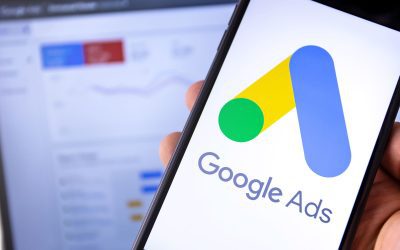Products are complex, but consumers typically won’t invest the time required to truly explore and come to understand the intricacies of your product. They’re not lazy or superficial; most companies just don’t provide enough value for them to see the point in spending much time on it.
You have to know what psychological triggers will stir up the emotions you want them to feel. You have to figure out which cultural references will evoke a feeling comparable to the one you’re trying to create. And you have to understand what’s really driving your customers so they perk up and pay attention.
On top of that, you have to be fast and focused in your delivery. You have to set the stage and start playing the scene before the audience even realizes what’s happening. When other companies are still opening the curtain to start the introduction to their explanation of their products, you need to be approaching the climax of your performance.
There simply isn’t time for long, meandering explanations of what your product is about. Consumers just don’t care. They have plenty of options, so they can safely get rid of the boring ones.
How do you get there? Here are some tips:
- Know what you’re about: Understand the key value proposition of your product for your customers, and drive that point home immediately.
- Seek customer feedback proactively: You can’t assume that you’ll get passive feedback from the market, because that doesn’t really happen. Think of how many products you use in any given day. Have you given any of them feedback? Probably not.
- Adapt quickly: Pivot your product marketing (and the product itself) based on what you learn from your user research.
- Say what others aren’t saying: Most marketers are afraid to say anything of substance, when those are really the only things worth saying. Skip the obligatory marketing boilerplate and come up with something genuinely interesting to say.
- Reinforce your talking points relentlessly: You’ll be lucky if a customer sees even a fraction of your product messaging. Say things in different ways, repeat yourself frequently, and keep the message simple and straightforward.




